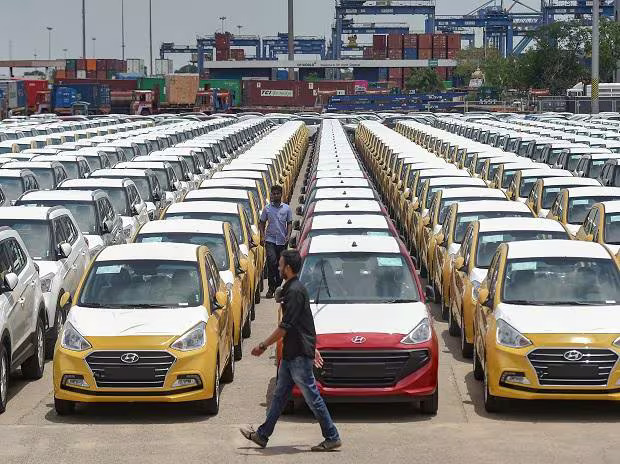The automotive industry, usually bustling with activity during festive seasons, has recently hit an unexpected speed-breaker. Traditionally, festivals like Diwali, Christmas, and the Lunar New Year have been synonymous with a surge in car sales, driven by celebratory spirit, special promotions, and consumer optimism. However, this year, the industry is witnessing a notable slowdown. Let’s explore the multifaceted reasons behind this festive deceleration in car sales.
1. Economic Uncertainty
One of the primary factors contributing to the slowdown is economic uncertainty. Global economic conditions, including inflation, fluctuating interest rates, and geopolitical tensions, have created a climate of financial caution. Consumers are more hesitant to make large expenditures, such as purchasing a new car, in the face of unpredictable economic prospects. This hesitancy is reflected in reduced consumer confidence and spending power, impacting sales figures.
2. Inflation and Rising Costs
Inflation has affected nearly every sector, and the automotive industry is no exception. Rising costs of raw materials, including metals and semiconductor chips, have led to increased production expenses. These costs are often passed on to consumers in the form of higher vehicle prices. As car prices climb, potential buyers are either postponing their purchases or opting for more affordable alternatives, leading to a dip in overall sales.
3. Supply Chain Disruptions
The car industry continues to grapple with supply chain disruptions. The pandemic’s aftermath, combined with ongoing logistical challenges, has led to delays in production and delivery. Shortages of critical components, such as microchips, have hindered manufacturers’ ability to meet demand. Even with festive discounts and promotions, the lack of available vehicles has limited sales opportunities.
4. Shift in Consumer Preferences
Consumer preferences are evolving, with an increasing emphasis on sustainability and technology. Many buyers are now prioritizing electric vehicles (EVs) and hybrid models over traditional internal combustion engine cars. While this shift is promising for the long-term future of the industry, it has also led to a mismatch between available inventory and consumer demand. The slow transition to EVs and the limited range of eco-friendly options can impact overall sales figures.
5. Increased Competition from Online Platforms
The rise of online car-buying platforms has also played a role in the changing dynamics of the automotive market. While these platforms offer convenience and competitive pricing, they have also intensified competition among traditional dealerships. Many consumers are now exploring online options, which can sometimes lead to fragmented sales patterns and a decrease in showroom traffic during peak festive periods.
6. Regulatory Changes
Regulatory changes and new emission standards are also influencing the automotive market. Governments around the world are implementing stricter environmental regulations, prompting manufacturers to invest heavily in compliance. This transition can lead to higher vehicle prices and a temporary slowdown as the industry adjusts to new standards. Additionally, the anticipation of upcoming regulations may cause consumers to delay purchases until clearer guidelines are established.
7. Changing Financing Trends
The financing landscape for car purchases is evolving. While festive periods traditionally saw attractive financing offers, such as lower interest rates and longer loan tenures, the current climate has shifted. Lenders are now more cautious, and stricter credit requirements can make it harder for consumers to secure favorable financing terms. This change in lending practices can dampen consumer enthusiasm and impact sales.
Disclaimer: The thoughts and opinions stated in this article are solely those of the author and do not necessarily reflect the views or positions of any entities represented and we recommend referring to more recent and reliable sources for up-to-date information.









